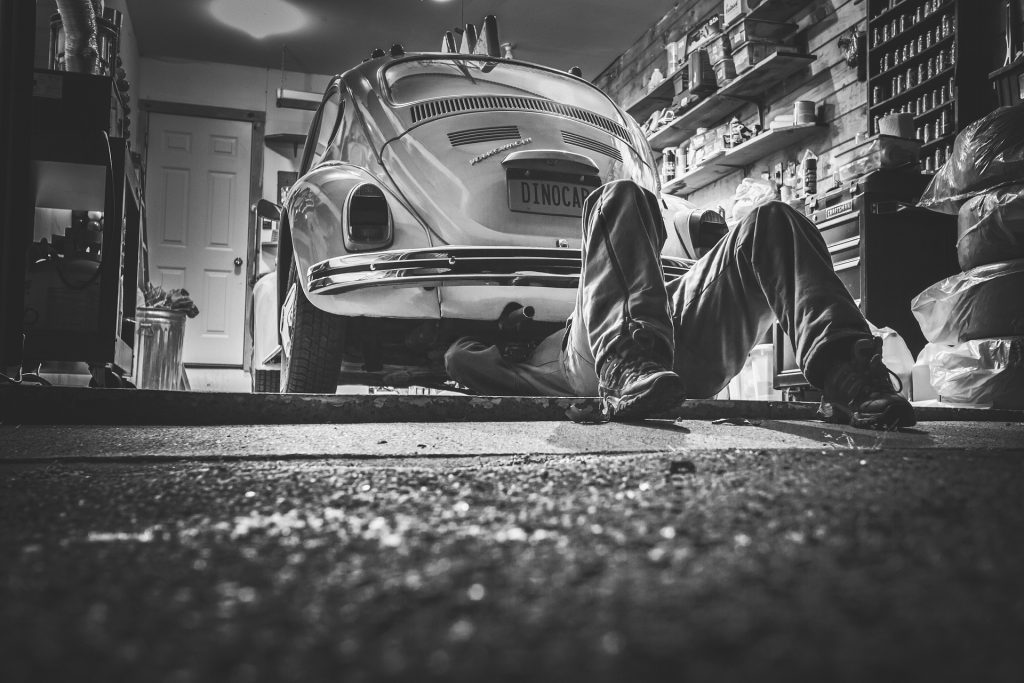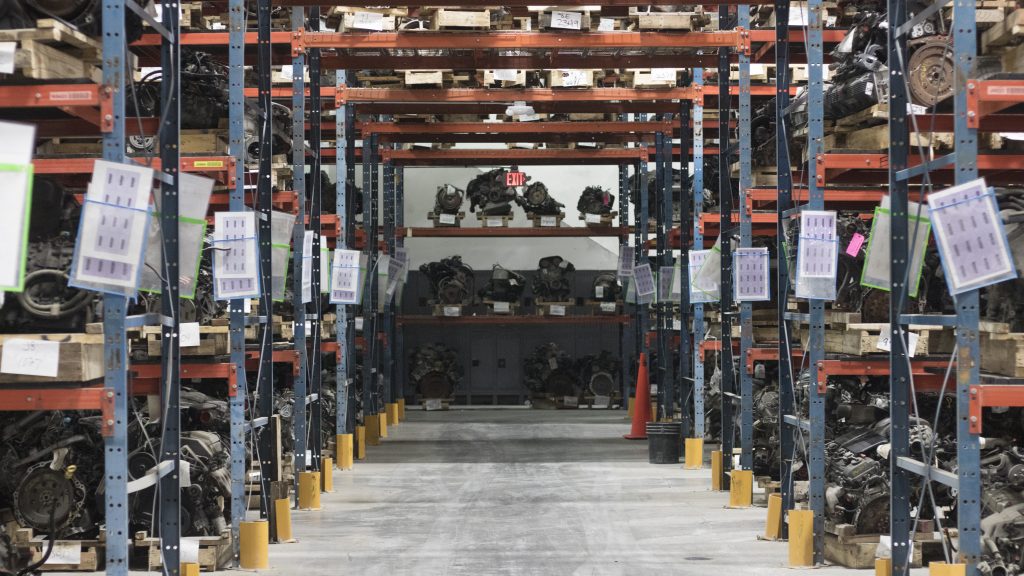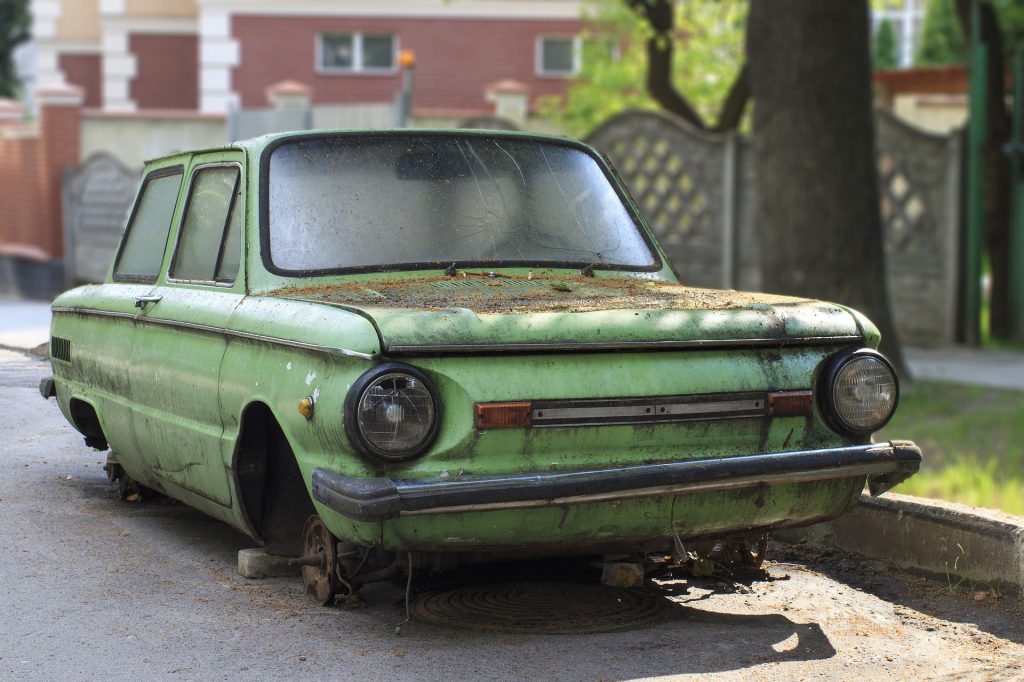When Is It Time To Do Some Scheduled Maintenance On My Vehicle?
First, it is important to point out that every vehicle is different. Many people do not think to check their owner’s manual and could potentially be spending money on maintenance that does not need to be done yet. So, check your manual! Not only is it important to check your car owner’s manual but it is also important to check your vehicle yourself whether its oil, hoses, belts, or filters. If you want to begin checking on different parts of your vehicle visit this great website for pictures and directions on how to easily check your car fluids, filters, and more!

What Average Mileage Mechanics and Experts Suggest
Filters
Oil Filter/Oil Change:
When to change: 3,000 – 10,000 miles
The safe average mileage for this service is 5,000; the filter cleans the oil as it runs through the motor. Replacing oil and the oil filter will increase fuel economy, engine life, and keep things running smoothly.
Engine Air Filter:
When to change: 15,000 – 30,000 miles or every three years
This cleans the air going into your car motor, if this gets too clogged it can hurt your motor and the way it runs because it won’t be able to suck air into the combustion chambers.
Cabin Air Filter:
When to change: 15,000 – 30,000 miles (if you park or drive in dusty areas, do it at 15,000 miles)
The air you breathe is so important! This filter cleans that air. They can sometimes be challenging to replace depending on where they are located but it is still very possible for anyone to replace.
Fuel Filter:
When to change: 30,000 miles or every two years (this varies so look at the owner’s manual)
This keeps dirt, debris and water out of your motor; if it gets clogged your motor will struggle or even stop working altogether.
Fluids
Windshield washer fluid:
When to change: Check with every oil change
Check this with your oil changes or just refill it when the fluid stops coming out, which usually means it’s empty.
Brake Fluid:
When to change: 20,000 – 45,000 miles
This helps your brakes work properly. This fluid can get water in it, lowering the boiling point of the fluid, turning it into gas. Monitor it to protect your brakes.
Transmission fluid
When to change: (manual): 30,000 – 60,000 miles; (automatic): 30,000 – 100,000 miles (this varies so look at the owner’s manual)
This fluid helps shift gears; it cools down and lubricates the transmission. If this is low or bad fluid, it will cause shifting problems or damage the transmission.
Coolant:
When to change: 60,000 miles
This fluid works through the radiator to cool your engine. If this fluid is too low your motor will overheat, causing serious damage. If it does, you may need a new engine completely. If you are looking for an engine replacement, we recommend you check out My Auto Store for quality used OEM motors for the best deals.
Power steering fluid:
When to change: 75,000 miles or when you notice an issue
This helps you steer easily, if it’s low you will have a hard time steering or you will hear noises while turning the wheel.
Belts
Serpentine belt:
When to change: 50,000 – 100,000 miles (this varies so look at the owner’s manual)
This controls many systems such as: power steering, air conditioning, water pumps and the alternator. If it breaks, your car breaks, keep an eye on it!
Timing belt:
When to change: 75,000 – 90,000 miles (timing chain: six figure mileage) ask mechanic to check
This controls the crankshaft’s rotation in the motor and should be checked once you approach higher mileage. If you let this break, you will be sitting on the side of the road.
Hoses
Coolant hoses; Power steering hose:
When to change: 6 figure mileage
These carry fluids; wear and tear can cause cracks, check them as you approach high mileage and replace them when they look like they may leak. If you notice any leaks replace them right away.
Other Maintenance
Lights:
When to change: Check these with every oil change
Car headlights and car tail lights can burn bulbs any time, so be sure to check them every few thousand miles to avoid tickets or hazardous driving.
Lubricate Chassis:
When to change: One – two times a year
When your car suspension is squeaking it is time to lube them up! Otherwise it is beneficial to do this biannually.
Wiper blades:
When to change: One – two times a year
If your windshield wipers are not working change them, it can be dangerous to drive with poor vision out of your car windshield, especially in wet driving conditions.
Wheel Alignment:
When to change: Every 2 – 3 years or with new tires
Many people differ on when to get an alignment, some say wait until your car starts shaking or if your steering wheel is crooked. It is best not to wait until then, at least get one with new tires!
Tires:
When to change: 12,000 – 15,000 miles or 3 – 4 years
If the tread on your tires is 2mm – 3mm get them replaced. Tire rotations and checking tire pressure is always recommended with every oil change. You can even conduct a simple test to check if your tread depth is critical! Check out Firestone’s page to learn how to take the penny test.
Brake pads/shoes:
When to change: 50,000 miles
They hug the rotor and help you stop; these are subject to wear and tear over time. Noises, rough braking or just checking them can let you know it’s time to replace.
Battery:
When to change: 50,000 – 60,000 miles or 4 – 5 years
This is your car’s electrical current; if it dies your car won’t start. Usually the first time it dies you can get someone to jump it with cables but just check it for regular signs of dying (old age, leaks, swelling, etc.).
Rotors:
When to change: 60,000 miles
These can become warped from wear and tear and you have issues like noises, rough braking, and squealing when it’s time for a replacement.
Shocks and Struts:
When to change: 60,000 – 100,000 miles
These are important for your car suspension. If they start to go bad you will feel every bump in the road and your car will rock back and forth coming to stops.
Spark plugs:
When to change: 90,000 – 100,000 miles (cheap ones need it at 30,000 miles)
These literally “spark” the motor alive! If your check engine light comes on or it starts/runs rough, it’s time to replace these. If not, get on it before the problems happen, do it when high mileage approaches.
What Can I Do If My Car Is A Goner?
If you actually have an issue due to the fact you waited until a problem happened to get things fixed, don’t worry! There are so many options to fix that broken part. Whether it’s something big like your motor going or just an issue within the engine, like the mass airflow sensor needing to be replaced, we have the solution. A good auto parts store we mentioned before, with the cheapest prices for OEM used auto parts is My Auto Store. You can browse their used engines and transmissions online or you can contact My Auto Store for any other part inquires you may have!
We recommend My Auto Store for any of your auto part replacement needs because they not only have cheap prices but also quality used parts. Each of their parts goes through a 4 Stage Quality Control System before they even go on their online auto parts store. Thanks to their revolutionary reverse assembly line, the experts at this auto parts car store test and clean all their parts. They also provide a 6 month warranty on all their products, with free, two day shipping!

Why do you want OEM parts and not aftermarket or brand new parts from a dealer? You might not find an affordable option from the dealer that makes your wallet happy. On the flip side, an aftermarket option may require modifications, even if it fits your car. So, you might be “saving money” at first but modifications can beef up the price of the repair as well. Instead of going to a shop, save time and money by buying it at My Auto Store’s online auto parts store and fix it yourself! How to Videos are all over YouTube. If you are scared to fiddle with your vehicle, then see if a “backyard” mechanic who does work on the side will fix it.
If your transmission is dying, your engine needs a cylinder head replacement and engine control module, your coolant reservoir tank is overheating and all your hoses are cracked, we get it. You just want to get rid of the car all together and move on instead of buying multiple used transmission parts or a used engine assembly. We have other options for you; check out Auto Traders, they offer used and new cars near you, by make and model.

Don’t worry about trading your car in either; My Auto Store buys your car for the top dollar! Check out their Sell Your Car campaign here. Go green! They recycle quality car parts, like the perfectly functioning headlight assembly in your car, and give you a great deal in return. This used auto parts store buys cars/trucks that have reached the end of their life. The money you get can go right into that new car or truck you need! By using our tips you can avoid some expensive repairs in the future or help yourself make those expensive repairs less costly, making your wallet heavier and your anxiety lighter.